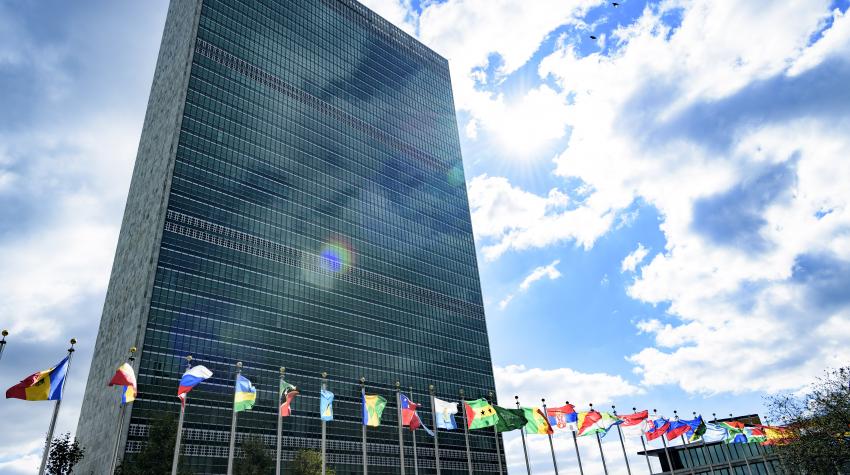Wednesday, July 19th 2-3 pm ET, 2023
Venue: Conference Room no. 11, UNHQ
Registration link: https://forms.gle/w1Dy8WL7V7BCWLGw5
The latest available SDG 5 data show that the world is not on track to achieve gender equality by 2030. COVID-19 and the backlash against women’s sexual and reproductive health and rights are further diminishing the outlook for gender equality. Violence against women remains high; global health, climate and humanitarian crises have further increased risks of violence, especially for the most vulnerable women and girls; and women feel more unsafe than they did before the pandemic. Women’s representation in positions of power and decision-making remains below parity.
The lack of any gender-specific indicators in some goals renders women and girl’s realities invisible. For example, under Goal 6, no gender-specific indicators are included despite its importance for women and girls. Unaffordable, inaccessible water has specific implications for women’s health due to increased needs for water and hygiene during menstruation, pregnancy and postpartum recovery. The average basic water requirement for a lactating woman is 5.3 litres a day. At least 20 litres a day per person is required for other basic needs such as handwashing, face washing, cooking and food hygiene. But those living far from a water source make do with much less. Without safe water, sanitation and hygiene, more than 800,000 women lose their lives every year. Increased disease is apparent in the 44 million pregnant women with sanitation-related hookworm, which causes maternal anaemia and pre-term births.
Water stress is also intensifying, taking tolls on women’s and girls’ time, health and lives. More than 733 million people live in a context of high and critical water stress, where demand for safe, usable water outstrips supply. Where access is severely limited, women and girls must often walk long distances to collect improved water. In Iraq, which has high water stress (79.5 per cent), and where 30 per cent of the rural population has no improved drinking water on premises, women spend up to three hours per day collecting water. In India, in a quarter of rural households with no water on premises, women and girls devote more than 50 minutes per day to collecting water. By comparison, this figure was four minutes per day for men.
This VNR lab will present the latest available data on how women and girls are doing across the SDGs from a gender perspective with a special focus on the status of the water crisis and its differentiated impact on women and girls, most especially women and girls in poor households. This will be done through a presentation on UN Women and UNSD's Progress on the Sustainable Development Goals: The Gender Snapshot 2022 Report, the accompanying SDG 5 tracker and the Spotlight on SDG 6 paper, which altogether emphasizes the data and indicators available and needed from monitoring the SDGs from a gender perspective as well as the data gaps specifically for SDG 6. The event will also feature a presentation on the data available on systems to track and make public allocations for gender equality followed by a moderated Q&A.
